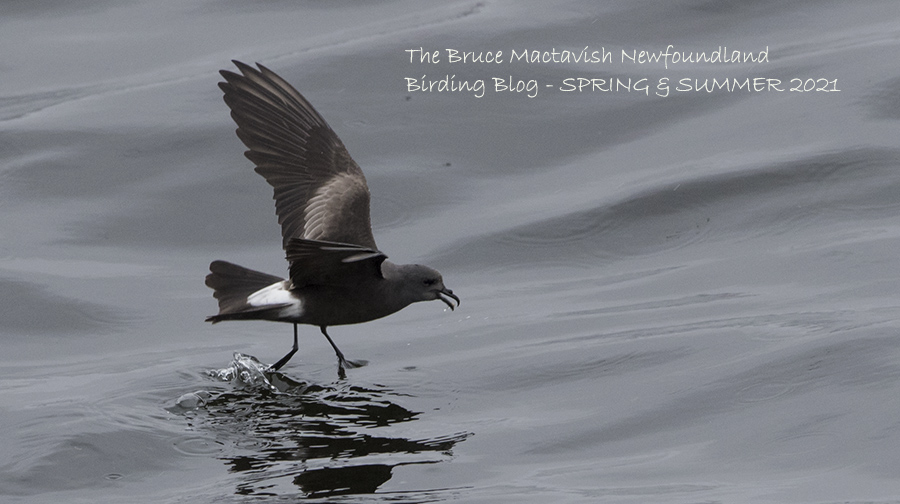Saturday 22 February 2015 was a good eider watching day at Cape Spear, Avalon Peninsula, Newfoundland. Among the 1000 eiders was the orange-billed common eider featured in the previous post which may be a hybrid v-nigrum x borealis. The other eiders were also looking good on this bright albeit very windy day. Some of them deserve to be exposed to the Blog world.
A selection of standard borealis with their olive-yellow bill and narrow pointed bill lobes on forehead.
More borealis coming down the slope.
A mountain of borealis. Borealis are used to putting up with rough weather. For a while the winds were gusting over 80 k/hr from the west on Saturday morning.
The drake on the left has rounded bill lobes. Birds like this I categorize as intermediate between borealis and dresseri. The bill colour is still yellowish and the lobes not as broad as dresseri can be. I need to know more about dresseri. There is a zone mid way up the Labrador coast where dresseri and borealis meet and blend physical characteristics.
The bird on the right has a greener bill and fat rounded bill lobes. To me this is much closer to a good dresseri.
Even though there were only a half dozen or so drake King Eiders in the flock of 1000 eiders they had a way of creeping into almost every photo I took. Funny about that.
This is a 2nd winter drake King Eider. It lacks the full shield over the bill and there are black markings in the white upper wing covert patch.
Can you find three species of sea duck in this photo?































